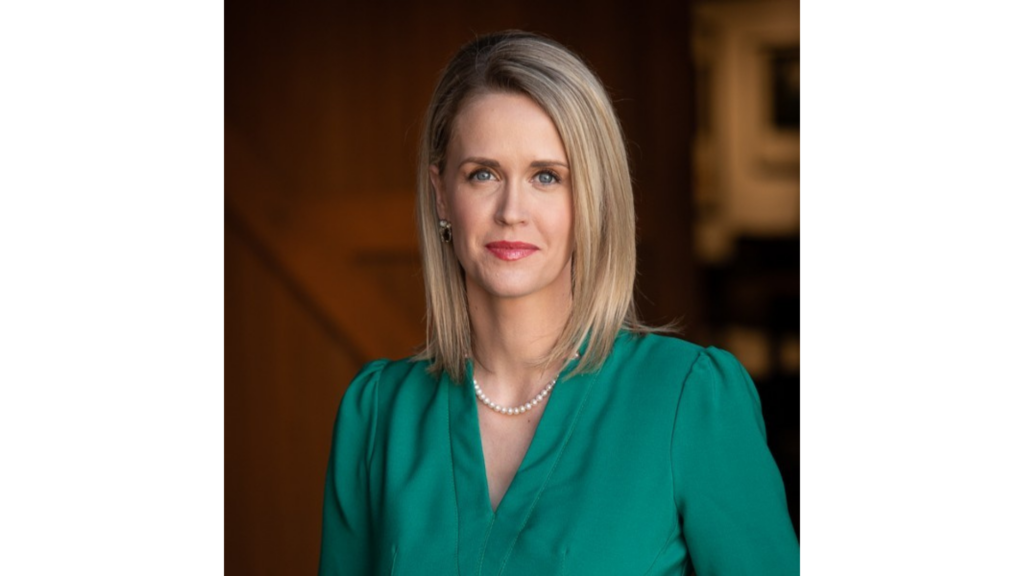How to Build Trust in the Workplace So You Can Maximize Your Impact in the World
Genuine curiosity isn’t just a learning tool—it’s the key to building trust, strengthening collaboration, and driving greater impact for nonprofit organizations. During times of uncertainty and heightened divisiveness, it is a skill to be intentionally honed and deployed as leaders seek to bridge divides and unify teams behind a shared vision.
In the contemporary healthcare landscape, development professionals strive to integrate themselves into the larger team of healthcare providers. Ideally, they are seen as peers, working with physicians and medical practitioners to achieve the goal of providing the best possible care for patients.
But the day-to-day realities of their work can feel worlds apart. Healthcare teams may feel that fundraisers, especially those coming from outside the healthcare industry, do not truly understand the complexity of the work they do or the nuanced needs of patients. Meanwhile, development leaders may have trouble building the necessary rapport with healthcare professionals to be able to credibly represent their work in interactions with donors.
For fundraisers, breaking through that divide isn’t just about learning medical terminology or sitting in on meetings—it’s about fostering genuine curiosity.
Curiosity is a powerful connector. A survey by Deloitte found that 72% of managers see curiosity as a highly valuable trait in employees, leading to greater efficiency (64%), more creative thinking (62%), and stronger collaboration (61%). Another study published in Harvard Business Review found that curiosity builds trust and improves relationships in the workplace.
When development professionals take the time to understand the work of their medical colleagues, they create stronger, more authentic partnerships—and ultimately raise more support for their institutions.
That’s exactly what happened when one development leader took a simple step: asking to observe a medical procedure firsthand.
For fundraising leaders, breaking through organizational divides isn’t just about learning medical terminology or sitting in on meetings—it’s about fostering genuine curiosity.
Colleen Fox is the Chief Philanthropy Officer for the Providence Inland Northwest Foundation, which provides support for a network of six hospitals and hundreds of clinics in the region. Colleen’s curiosity has driven her professional growth; it served her well when she transitioned into the healthcare arena.
When she asked to observe the work of her medical colleagues, she expected to learn a little more about the intricacies of providing care. Best case scenario, she thought she’d be able to develop a more nuanced and compelling story for a donor. What she didn’t expect was how deeply the experience would reshape her approach to fundraising.

Scrubbing in on a surgery was an eye-opening moment. Seeing the intricate coordination, split-second decision-making, and deep skill of the medical team brought home the urgency and impact of their work in a way that no secondhand explanation ever could. It wasn’t just about understanding the science—it was about witnessing the dedication, problem-solving, and teamwork that go into every patient’s care.
“I wanted to better understand the projects our donors funded,” Colleen says. “But I came away with a whole new level of respect for the skill and complexity of the healthcare team’s work.”
That experience translated directly into how she spoke with donors. Instead of broad, abstract appeals, she could share vivid, firsthand insights about what happens in an operating room when a patient needs life-saving care. It gave her a new way to connect supporters with the human side of healthcare, helping them see not just the need but the people behind the work.
Curiosity is a powerful connector, correlated with stronger collaboration, greater efficiency, and more creative thinking.
Colleen’s curiosity-driven initiatives extended beyond the operating room. She encouraged her team to conduct observations of programs funded by philanthropy, including canine therapy, social work, and pediatric oncology. These experiences not only enriched their understanding but also signaled to caregivers that the development team was authentically invested in their work. This integration of learning experiences helped everyone involved feel more engaged and empowered around the fundraising process.
Even more importantly, expressing and acting on her curiosity built a new level of trust between her development team and the system’s medical staff.
Physicians, researchers, and clinical team members often view fundraisers as outsiders; but when development professionals take the time to engage, listen, and learn, those perceptions start to shift. Caregivers begin to see them as partners rather than intermediaries. Communication improves. Collaboration strengthens. And, ultimately, the entire institution benefits.
“After seeing me interact with patients,” Colleen explains, “and understanding the care I brought to those encounters, doctors were not only more comfortable with me, they were also much more willing to refer grateful patients to the development team more generally.”
Fostering curiosity within development teams doesn’t have to mean scrubbing in on a surgery. It can be as simple as shadowing a clinician for a day, attending rounds, or observing programs supported by philanthropy, like social work or therapy sessions. For Colleen and others, these experiences help bridge the gap between departments, ensuring that fundraising efforts are grounded in real, lived experiences rather than secondhand reports.
In a healthcare landscape that is constantly evolving, curiosity is a crucial tool. It helps fundraisers tell better stories, build stronger relationships, and ultimately drive greater impact. More than that, it reminds everyone—fundraisers, caregivers, and donors alike—why they do this work in the first place.

